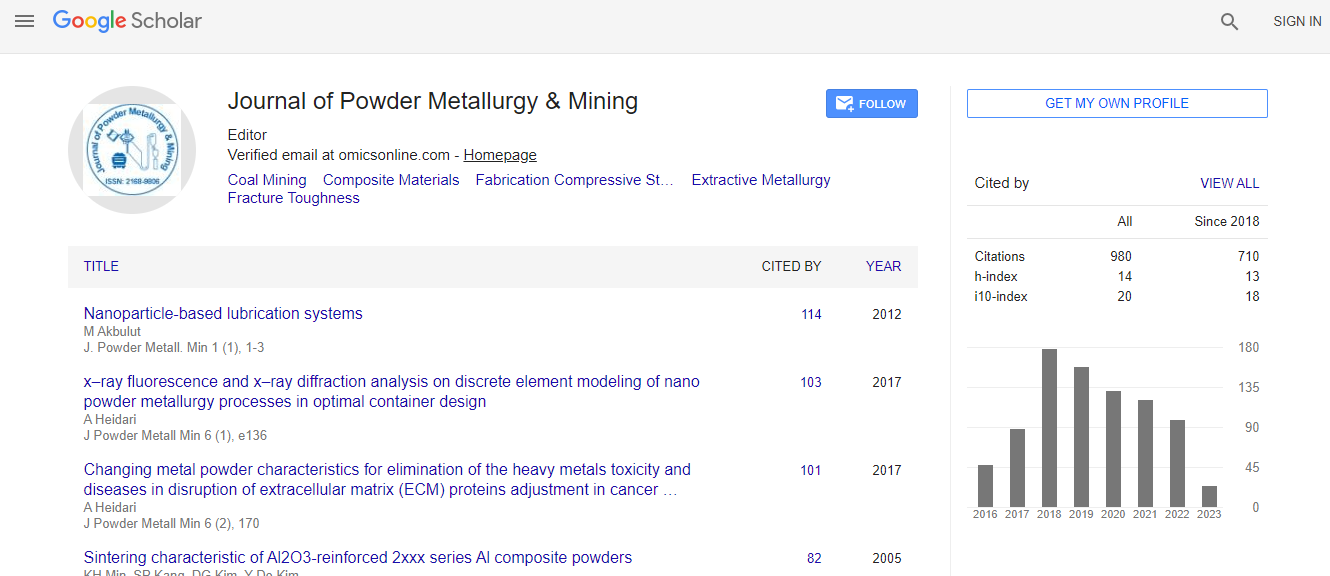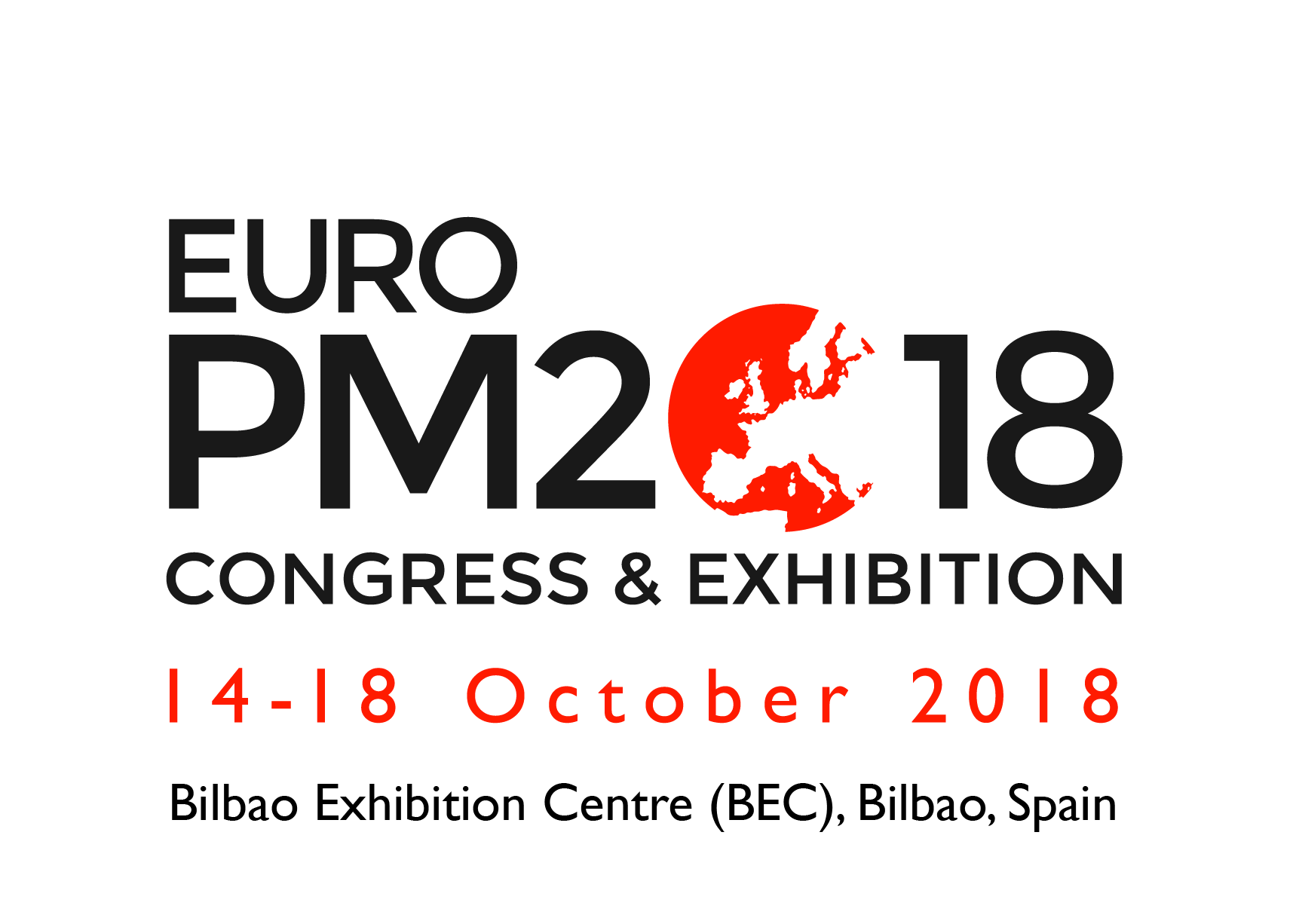Special Issue Article
Stochastic Non-Linear Optimization of Equipment Productivity in Multi-Seam Formations
Elijah Adadzi* and Samuel FrimpongMissouri University of Science and Technology, USA
- *Corresponding Author:
- Elijah Adadzi, Professor
Missouri University of Science and Technology
USA
E-mail: ea7t8@mst.edu
Received Date: January 15, 2013; Accepted Date: January 17, 2013; Published Date: January 26, 2013
Citation: Adadzi E, Frimpong S (2013) Stochastic Non-Linear Optimization of Equipment Productivity in Multi-Seam Formations. J Powder Metall Min S1:001. doi: 10.4172/2168-9806.S1-001
Copyright: © 2013 Adadzi, et al. This is an open-access article distributed under the terms of the Creative Commons Attribution License, which permits unrestricted use, distribution, and reproduction in any medium, provided the original author and source are credited.
Abstract
The deployment of large mining equipment has resulted in low-cost, high efficiency and bulk production
operations in surface mines. In strip coal mining operations, these economies of scale favor increasingly the use of draglines, shovels, dozers and other support equipment for overburden and coal extraction. However, the selection of particular equipment units, with fixed design geometry, might be economically inefficient in varying geological and operating domains. This study formulates stochastic-optimization (SOP) models of the dynamics of resource allocation in multi-seam deposits. The SOP model maximizes the productivities of draglines as well as other ancillary excavation operations, and determines optimal blends of coal products. Future uncertainties are also characterized for a comprehensive risk modeling and analysis. Application of the SOP model is presented with a bituminous coal mining case. The results show a 3.51% improvement in mining cost and 0.19% increment in net present value. This approach optimizes equipment scheduling in strip mines and ensures high economic efficiencies.

 Spanish
Spanish  Chinese
Chinese  Russian
Russian  German
German  French
French  Japanese
Japanese  Portuguese
Portuguese  Hindi
Hindi 

